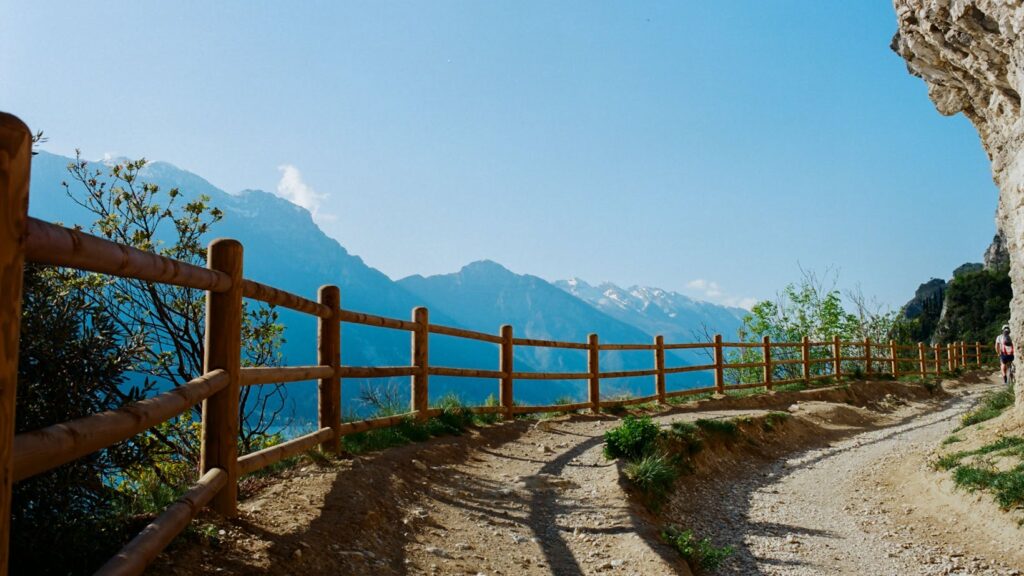Scaling Mount Whitney isn’t just about the climb; it’s about preparing for it. Understanding the trail conditions can make or break your adventure. This article will delve into the ever-changing landscape of Mount Whitney’s trail, providing invaluable insights for your next expedition.
So, whether you’re an experienced hiker or a novice adventurer, this article is your guide to navigating the unpredictable terrain of Mount Whitney. Stay tuned as we unravel the secrets of this majestic mountain’s trail.
Mount Whitney Trail Conditions
Mount Whitney, standing tall at 14,505 feet, governs the Sierra Nevada Range, earning the title of the highest peak in continental US. Contrasting landscapes encircle it, showing diversity from barren lands to odorous pine forests, as one ascends the summit.
Addressing the terrain, the footpath is characterized by rocky slabs and switchbacks. For instance, the ’99 Switchbacks’ section challenges hikers with an elevation gain of 1,676 feet within a short distance.

Emphasis exists, hence, on understanding the significance of ‘Hiker’s Elevation.’ Frequently, traversing Whitney becomes demanding due to its elevation changes, inducing Altitude Sickness if climbers don’t acclimatize effectively.
Review of Mount Whitney Trail Conditions
Emphasizing the review of current trail conditions, this section offers an in-depth survey of the terrain that hikers encounter along Mount Whitney trail conditions. The conditions vary considerably, fluctuating from smooth, well-trodden pathways to rocky and steep sections requiring considerable focus and agility.
Primarily, the trail is famous for its series of 99 switchbacks, a segment synonymous with grueling gradients and loose gravel. Statistics reaffirm, almost 40% of the walk involves navigating unraveled boulders. For instance, a rocky area known as ‘The Cables’ warrants cautious footing and an assured grip to scale the narrow ridgeline.
Subsequently, the trail introduces hikers to rigorous stretches of scree and talus. Mount Whitney trail conditions is notable for these challenging terrains, adding an estimated 25% to the total hiking time. For example, descending the steep ’99 Switchbacks’ on loose rubble can be notably time-consuming and requires great caution.
Preparation for Mount Whitney Hike
Recognizing the necessity of physical and mental readiness is the first step in preparation for the Mount Whitney hike. Rigorous training, incorporating both cardio and strength-building exercises, forms the cornerstone of this preparation. For instance, a 4-6 month training schedule, featuring different types of exercises like jogging, cycling, stair climbing, and weightlifting, is often recommended.
Assessing individual health condition plays a focal role in the overall preparation. Any pre-existing medical conditions, such as heart disease or respiratory issues, significantly impact a hiker’s experience, making a thorough health check-up a prerequisite. For instance, people with altitude sickness history can face severe problems at higher elevations, thus making acclimatization crucial.
Packaging the right gear comes next in preparation. Given the discussion on trail conditions, the selection of appropriate gear like hiking boots, hiking poles, proper clothing, food, water, or hydration tablets, becomes pivotal. For example, at the icy and steep parts of the trail, crampons and ice axes might be invaluable assets.

Understanding route details and comprehending trail markers too forms an essential part of the preparation. For example, noticing the junctions (where the Mt Whitney trail splits from the John Muir trail) or recognizing the ’99 Switchbacks’ segment can help hikers navigate wisely.
Adapting to unpredictable weather changes is paramount in ensuring a successful hike. It becomes essential to keep an eye on hourly forecasts and not just daily predictions—knowing that afternoon thunderstorms are a common occurrence during July and August might be crucial.
Practicing Leave No Trace principles to preserve the trail’s natural beauty and ecosystem wraps up the preparation process. For instance, a carry-in-carry-out rule for all personal belongings is an example of these principles.
Must Know
It’s clear that hiking Mount Whitney trail conditions is no small feat. It’s a journey that requires meticulous preparation and a good understanding of trail conditions. The unpredictable weather, elevation challenges, and navigation difficulties further add to the complexity of the hike.
